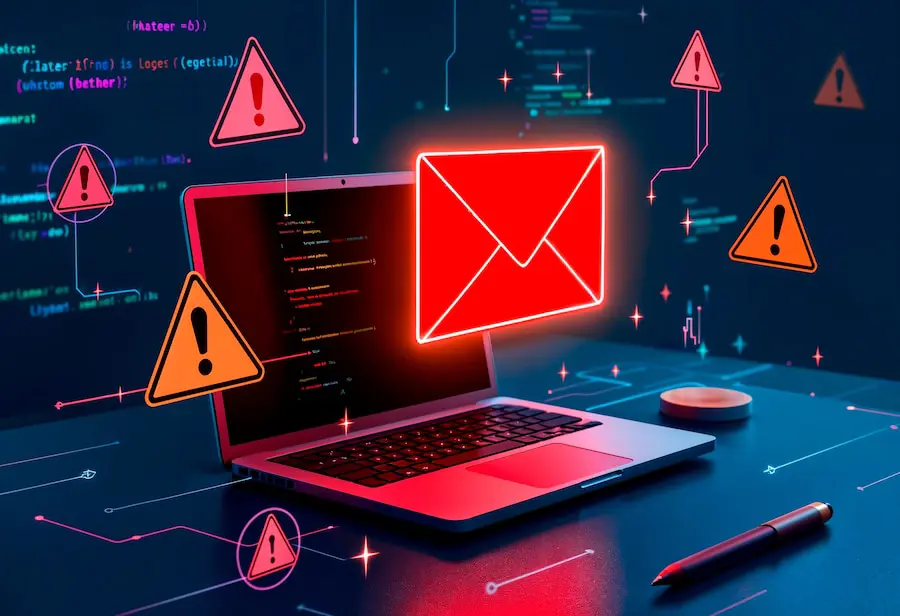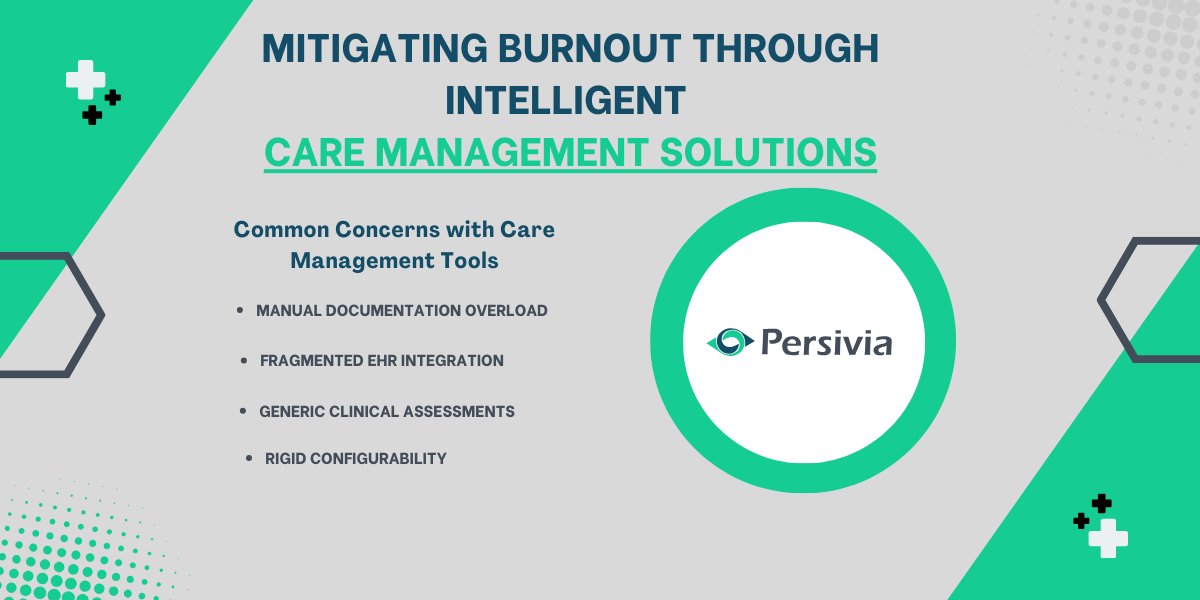
5 Benefits Of Tracking And Managing Software Licenses
Businesses need to work better towards achieving efficient software license management. Excellent management of software licenses ensures that teams can stay better informed and operate within the legal guidelines.
Companies rely heavily on software solutions, especially those crucial to achieving their set goals in the current business world. This implies that software licensing takes some budget space for many companies. Therefore, effective license management is essential to reducing poor tracking of software licenses and the usage issues this can cause from becoming a leech on the budget.
This article discusses what software license management is, including best practices and its benefits.
What Is Software License Management?
Software licensing management is the process of tracking and documenting all of the software used by a company. It refers to all of the organizational aspects of utilizing a business’s software assets. It also involves lowering and managing the total budget for software solutions a company uses.
Software is usually always sold by licensing, either as a subscription that must be renewed periodically or as a perpetual license to use the software. Software may be installed on-site or accessed in the cloud. It may also be a segment of a comprehensive suite of products or a single application.
When your organization purchases software, it enters into a license agreement with the licensor upon installation or first-time access. These End-User License Agreements (EULA) specify the conditions under which the product may be used. These conditions could expose your company to various risks, including data security breaches, employee liabilities, unanticipated costs associated with non-compliance, and unfavorable legal positions.
Although license agreements will vary based on the vendor, platform, and contract, some well-known categories can be listed. These types are frequently employed:
- Fee per user: the software can be used by only one person who can use it on multiple devices
- Fee per device: the software is restricted to only one device.
- By network: all devices on a particular network can utilize the software.
- By subscription: managed by a subscription for a device or user with an expiration date
- Public license – No fee and can be used, shared, copied, and modified for free
- By database
Best Practices To Help Your Software License Management Effort
While efficient software license management is certainly an achievable goal, many companies are oblivious about where to begin or which software license management process will produce the best results. As you document, organize and monitor your organization’s software license holdings, here are some best practices to keep in mind.
1. Document And Standardize The Procurement Process
How does your organization go about procuring a software license? Before your organization’s implementation of software license management, your team may be barely organized, and licenses are saved in folders. Having first-hand knowledge of who and how each section of the firm purchases software licenses is essential.
This can be achieved by defining processes and rules for software purchases. Additionally, a standardized technique should be used for storing licenses and certificates.
2. Assemble Your Software License & Other Related Information
Generate a list of every software owned by your organization and put them in a central folder if you don’t already have one. This will provide an insight into your license entitlement— that is, the licenses you and your employees have the legal right to utilize.
In the present tech world, this includes not only desktop applications but all cloud subscriptions as well, so ensure that everything is in order. Other information needed for effective software license management includes purchase costs, maintenance contracts, and service fees. All of these may appear tedious, but they are extremely necessary.
3. Control Access
Establish controls for software management usage across the company such that only authorized users can download and use the software they are authorized to use. These management controls are crucially important in the present day, where team members can easily access the software at work or remotely on various devices.
In addition, the procedures should be integrated into using software management tools to effectively onboard and offboard employees via automation.
4. Compliance Check
Software compliance is the process of ensuring the software licenses purchased by your company are being used according to the stipulated terms of the provider. One of the most popular compliance cases is ensuring the number of licenses in use does not exceed the number purchased.
Ensuring software license compliance helps the business avoid legal cases and hefty fines. It also assists businesses in locating areas where there is wasted software spending.
5. Train Your Staff
It is crucial that you educate every member of your team about the concept of software license management. Schedule regular refresher courses to update them about the company’s standardized policies, leaving no room for ignorance.
6. Usage Monitoring
To ensure that your authorization policies are operating as intended and that the right solutions are being used for intended purposes, it is crucial to regularly monitor which software is present on your network, how they are being used, and who is using them.
Auditing usage should cover all software found on devices used by employees for work purposes. When possible, auditing should be done physically and automatically.
7. Perform Routine Checks
Companies can prove audit compliance by conducting routine inspections and comparing licenses to installed software. Automatic license monitoring systems, which generate application usage metering reports to identify underused or overused licenses, are essential for effective inventory management. Routine checks also ensure that your company is using the latest software version.
8. Use Software Tracking Tools
To ensure that the purchased software is utilized properly and there is no wastage (overused/underused software) or multiple licenses, it is crucial to monitor all software licenses. This can be easily achieved by using software licensing tracking tools. Organizations can proactively detect available, deployed, and unutilized or underused software licenses using software licensing tracking tools.
Additionally, it ensures that deployed licenses are in line with compliance standards and assists in maintaining audit readiness. If you wish to learn more about what these tools can do for your organization, you can learn more in this article by Zluri.
Benefits Of Tracking And Managing Software Licenses
Below are some of the benefits of tracking and managing software licenses.
1. Reduce Costs
Most organizations possess a lot of software and licenses that are used in their day-to-day business. However, without effective tracking and managing of software licenses, they are unaware of the software being used, when it’s used, how it’s used, and by whom. With an efficient system in place, businesses can get clarity on all the software licenses and entitlements they own and how it’s being used.
This will make it easy to monitor all software and detect where resources are being wasted, underutilized or over-utilized. With this knowledge at hand, the company’s leaders can correct all of these shortcomings, thereby saving costs for the company.
2. Software Compliance
Proper tracking and managing of your software licenses will help keep your business compliant with standards, applicable regulations, and accepted guidelines for each software usage. This is one of the most important benefits of having efficient software license management. With multiple software being used across big organizations, it is vital to ensure that all users use the software as intended and as permitted by the software vendor.
Suppose a device in your organization contains unlicensed software, or your usage of the software does not adhere to the guidelines laid out by the End User License Agreement(EULA), you run the risk of legal issues and heavy fines. All of these risks can be avoided with the right software license management.
3. Improved Cybersecurity
The software that are installed across every device and network in your organization is both an advantage and a cybersecurity threat. When correctly managed with patches and updates installed in a timely manner, all forms of software serve as important assets that improve workflows, operations, and team members’ performance.
However, when companies fail to maintain an efficient software management system, they don’t realize lapses present in the software. As a result, gaping holes are created in the cybersecurity of the business that is vulnerable to exploitation by malicious users.
Cybercriminals can exploit outdated, unsupported, or unauthorized software to access a company’s IT structure. But, with effective tracking and monitoring of software licenses, these lapses can be quickly identified and corrected.
4. Transparency
Practising software licensing management provides businesses a clear view of all purchased licenses that are being used across different sections and how each specific software has been installed for use. In addition, data for risk assessment and compliance during software audits will also be readily available.
5. Increased Productivity
A manual software license management approach may be effective to an extent. However, it is time-wasting and error-prone. But the advent of software tracking tools has made the entire process easier. In addition, the automation of the process has given organizations the opportunity to free up their resources and permit IT teams to focus on other tasks.
Conclusion
Every software, no matter what it is, comes with a license. This license outlines what can and can’t be done with the software. It also states the who, how, and duration of said software. This article discussed the many benefits of effectively tracking and monitoring software licenses.
Author Bio:
Lydia Iseh is a writer with years of experience in writing SEO content that provides value to the reader. As someone who believes in the power of SEO to transform businesses, she enjoys being part of the process that helps websites rank high on search engines.

Law Firm Management: How Technology is Driving Efficiency

Most Popular Social Networks: Dominating Online Platform







